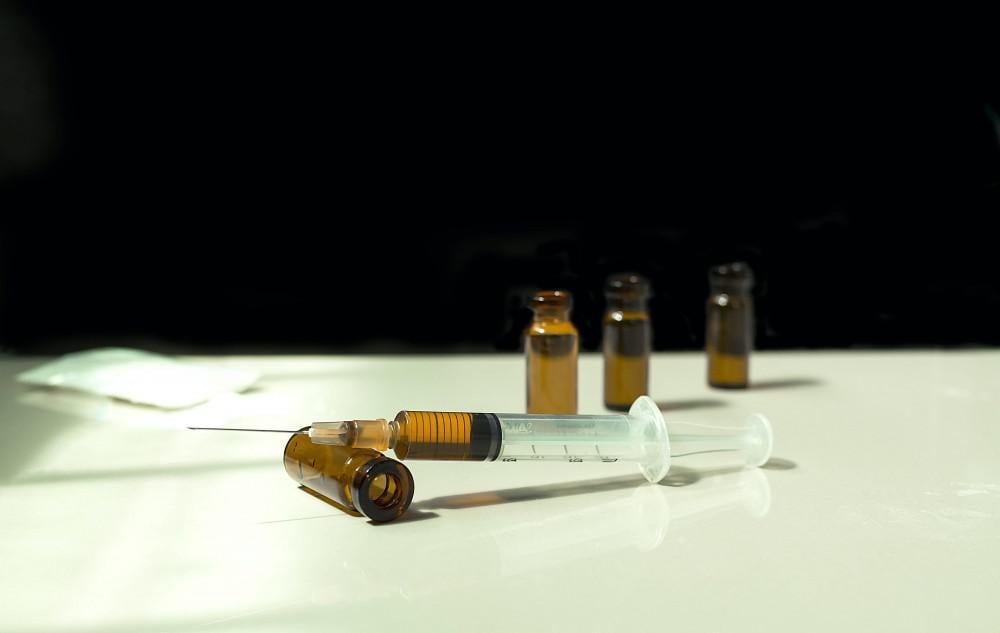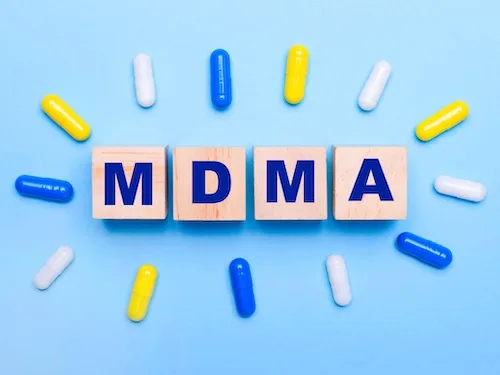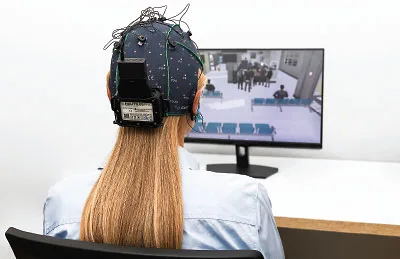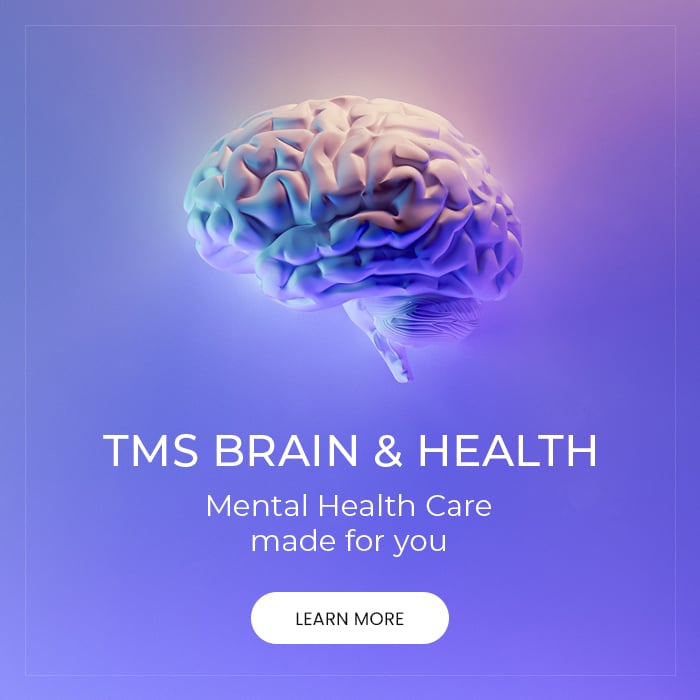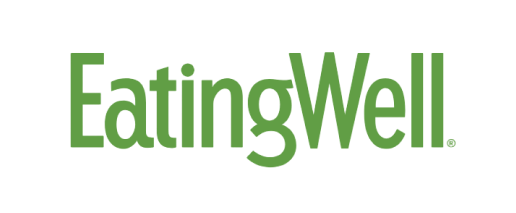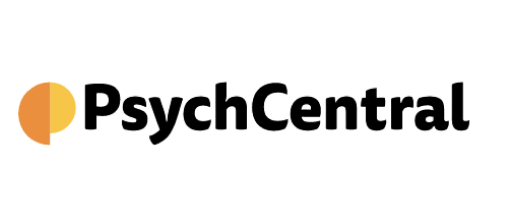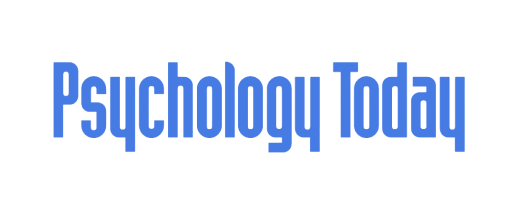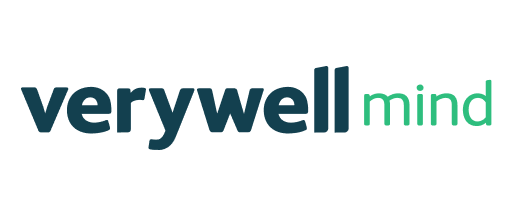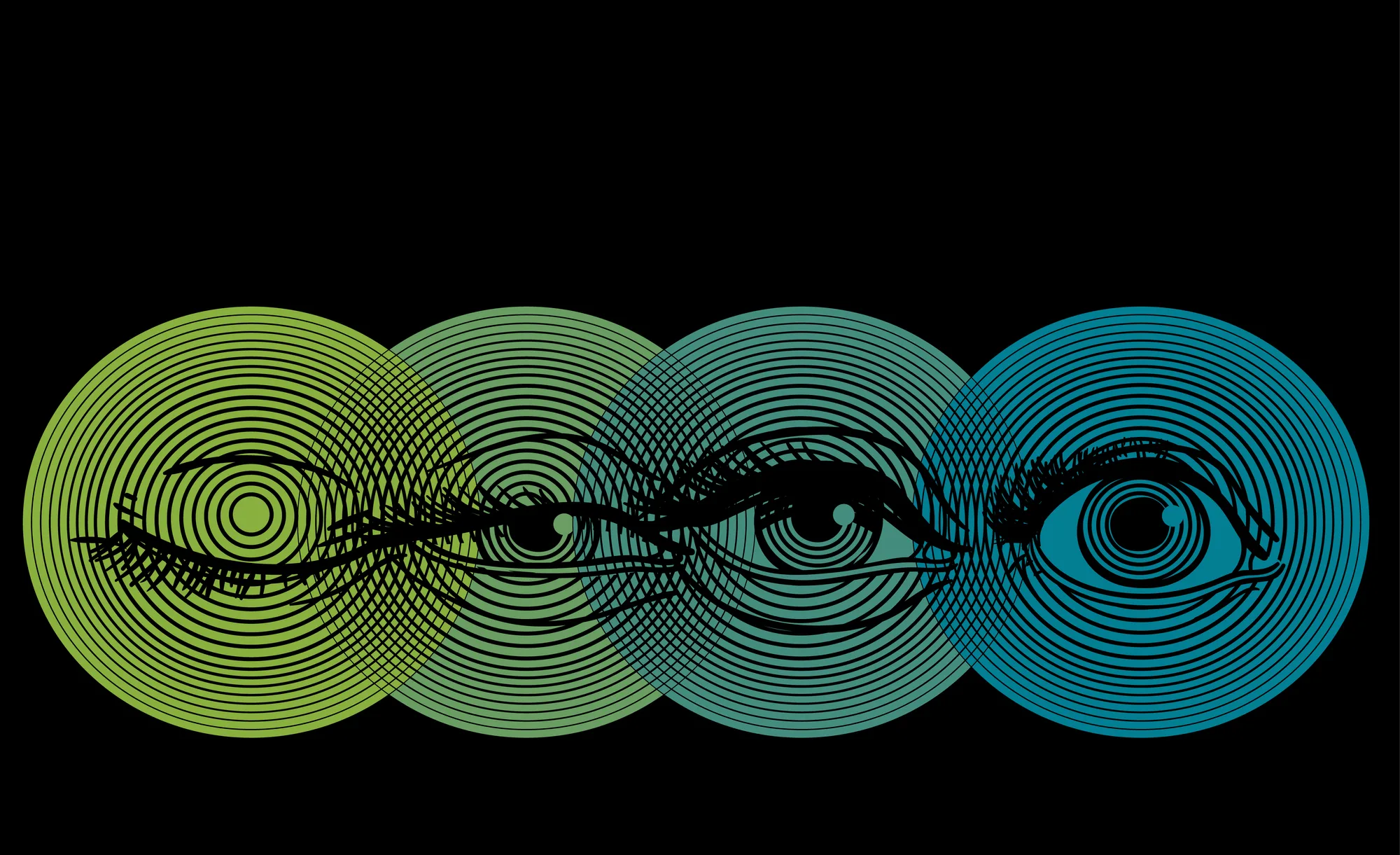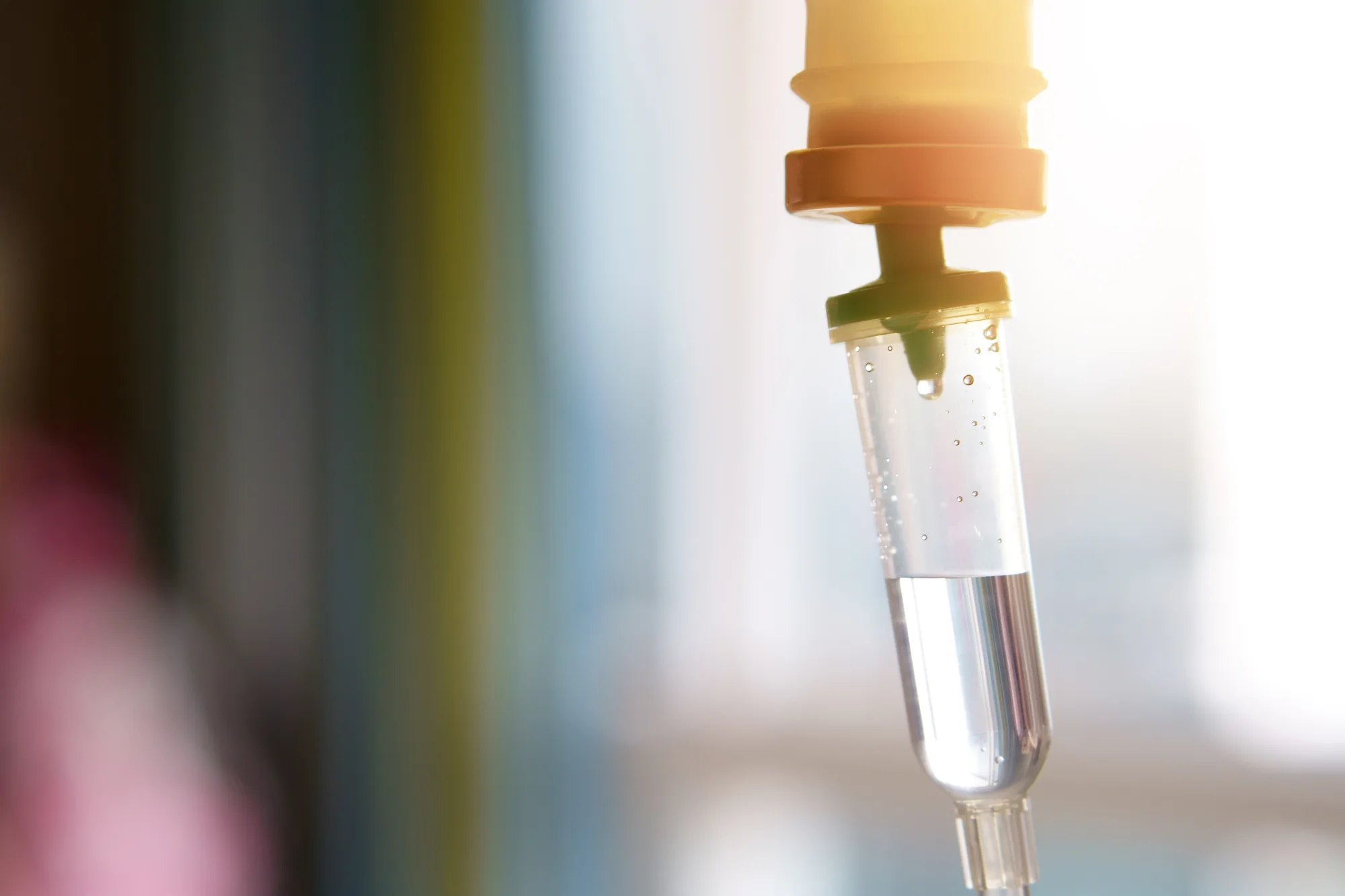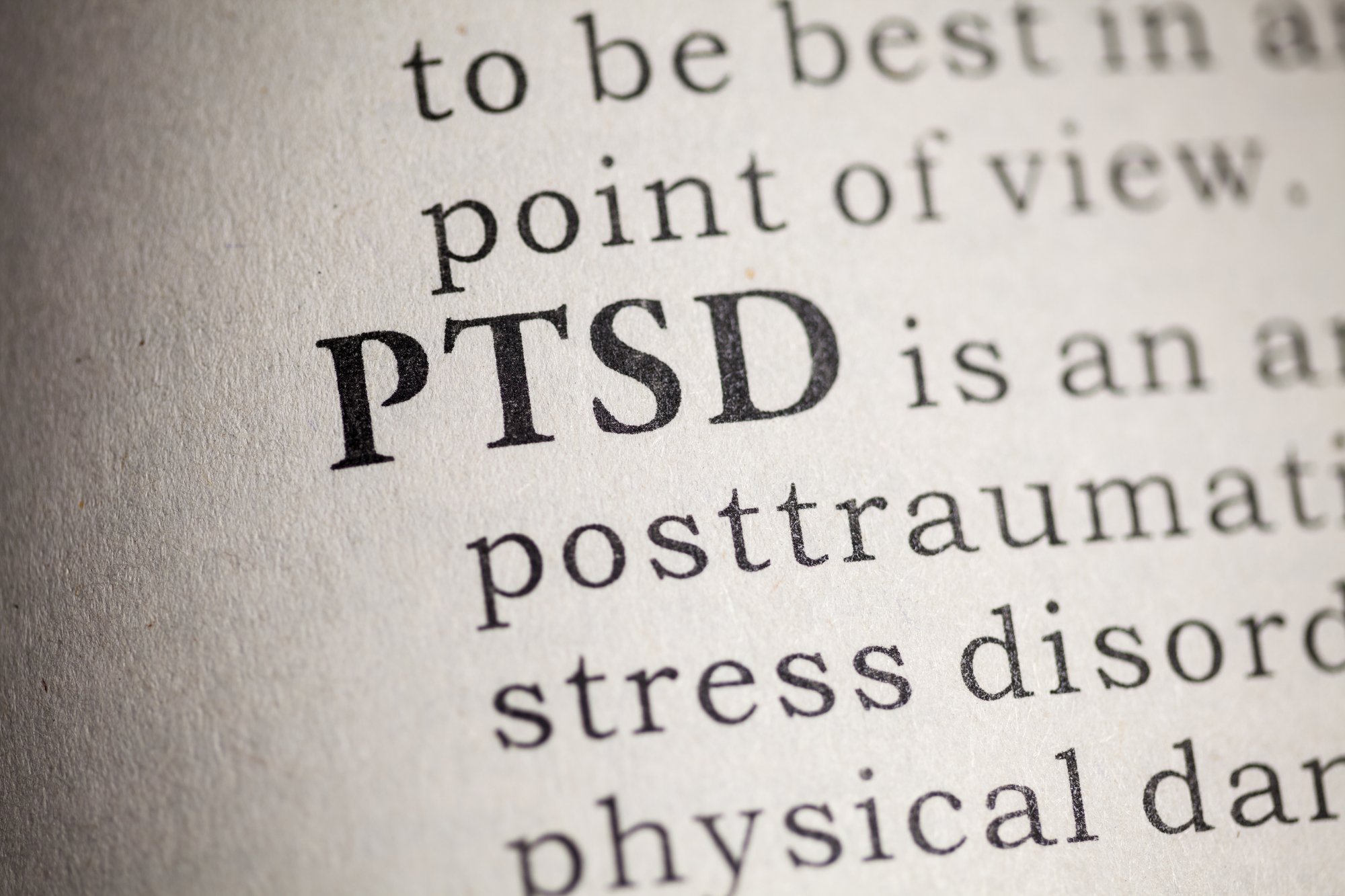The Real Pros And Cons Of Ketamine Infusions
If you live with a major depressive disorder, you know just how challenging it can be to find a treatment plan that works well, continues to provide relief as time goes on, and doesn’t come with unwanted side effects.
At Bespoke Treatment, we know that traditional antidepressants and regular therapy sessions aren’t always the best answer — and they’re certainly not the only answer.
That’s why we’re committed to providing innovative, evidence-based solutions for people who are affected by treatment-resistant depression (TRD), including ketamine infusion therapy.
Let’s explore how ketamine works, and the real pros and cons of this groundbreaking treatment for TRD, post-traumatic stress disorder (PTSD), debilitating anxiety, suicidal ideation, and even OCD.
Ketamine infusion therapy 101
Ketamine is an FDA-approved anesthetic that’s been widely used around the world for more than five decades. As of 2023, it is still the most commonly used pediatric anaesthetic, and it is even used often in veterinary medicine, which goes to show just how safe ketamine is as a medication. It’s also a medication with fast-acting antidepressant properties that mental health experts from Yale, Columbia, UCLA, and other institutions have been studying with deep interest for over 20 years.
While ketamine isn’t considered a first-line therapy for depression or any other mental health disorder yet, it can be used off-label to treat severe cases of depression, anxiety, and PTSD that haven’t responded to conventional medications or therapies.
When ketamine is administered through a slow, constant intravenous (IV) drip, it has calming and extremely therapeutic effects on the regions of your brain that control mood and behavior. With its ability to provide quick and lasting relief for even the most persistent cases of TRD, ketamine has been called the most important breakthrough in the treatment of depression to come along in recent memory.
Ketamine works differently than any other FDA approved antidepressant. Most antidepressants target neurotransmitters that have been linked to mood regulation such as serotonin, dopamine, and norepinephrine, but ketamine instead targets glutamate—the fastest working excitatory neurotransmitter in the brain. Ketamine is technically an NMDA antagonist, and it works by tricking the brain into producing more glutamate. This increase in glutamate leads to a cascade of effects in the brain such as increased synaptogenesis (the creation of new connections between neurons) and reduced inflammation.
Ketamine infusion advantages
Depression is the leading cause of disability worldwide and the primary mental health disorder that gives rise to suicidal tendencies.
Approximately 40% of people who suffer from major depression eventually achieve lasting symptom remission with conventional antidepressants and therapy; most do not.
For people with TRD, debilitating anxiety, PTSD or cPTSD, ketamine infusion therapy offers several key advantages, including:
Fast-acting symptom relief
Ketamine infusions work very quickly — often within hours — to ease depressive symptoms because of its glutamatergic effects. Researchers are still trying to pinpoint the exact mechanisms behind this powerful effect, but they do know that glutamate is the major catalyst that leads to reduced inflammation, increased brain derived neurotrophic factor (BDNF), and neuroplasticity.
As the main neurotransmitter that encourages the growth of synapses in your brain, glutamate helps strengthen and restore vital neural connections and pathways in the regions of the brain that are most impaired by depression; these new connections help induce beneficial changes in brain circuit function. Compared to a standard course of antidepressants of at least 8 weeks for a single trial, a series of ketamine infusions is completed in 3 weeks. That is 62% faster.
High rate of success
Ketamine infusion therapy is still being studied, but research shows that it has a high rate of success when it comes to treating moderate to severe depression, anxiety, PTSD, and bipolar depression.
Several studies indicate that over half of people with TRD achieve significant symptom relief after a single infusion, and many more find relief after two or three infusions. However, most people do did to complete a minimum series of 6 to ensure that the results last after the series is over.
An excellent efficacy rate is a major part of what makes ketamine infusion therapy so beneficial for people who haven’t been able to achieve lasting relief through traditional medical solutions. The success rate of ketamine in research is around 70%, compared to just 40% for oral antidepressants. Unfortunately, as the STAR-D trial has demonstrated, ketamine
Lasting symptom remission
Ketamine infusion therapy isn’t a “one-and-done” treatment that “cures” depression in a single session, but it’s also not like conventional antidepressants that must be taken daily for years on end (or for as long as they work). Instead, ketamine infusions stimulate beneficial brain changes that lead to lasting symptom relief over the course of a single treatment cycle. For the average patient, the acute phase of ketamine infusion therapy calls for a series of six infusions spaced out over the course of three weeks. This initial treatment is followed by a long-term maintenance phase that includes occasional booster infusions as needed. A recent study in 2023 found that after a series of ketamine infusions, over 55% of patients felt relief after 6 months without any booster sessions.
Ketamine infusion drawbacks
Despite the fact that ketamine offers major benefits in the treatment of persistent depression, no treatment is perfect. The drawbacks of ketamine have to do primarily with its dissociative effects, slight potential for addiction, and cost. Although ketamine infusion therapy uses sub-anesthetic doses to relieve depression, it can still induce certain temporary side effects during the experience, including mild hallucinations, floating sensations, fuzzy vision, and dizziness.
Because of this, ketamine infusion therapy must be:
- Approved for use only after a comprehensive evaluation
- Received in a certified clinical setting
- Administered and monitored by an experienced provider
The potential for immediate side effects also means that someone else must drive you to and from your treatment session. Even though the mild dissociative side effects of ketamine tend to diminish quickly, the treatment can leave you feeling tired or groggy until you’ve had a good night’s rest. While many individuals find the experience itself to be euphoric, there are a subset of individuals who don’t particularly enjoy the feeling of ketamine infusions. They can sometimes bring up deep rooted traumas, and in facilities without properly trained mental health professionals, individuals can become very dysregulated afterwards.
Ketamine isn’t the right solution for everyone with TRD — because it has potentially addictive properties, it may not be a suitable option for those who have a history of serious substance abuse or a diagnosed addictive disorder. However, as of 2023, a number of research studies have shown that ketamine assisted therapy can actually be one of the more effective treatments for individuals suffering from substance abuse disorders. Expert clinicians should weigh the respective risks and benefits of prescribing ketamine to individuals with a history of substance abuse. Sometimes other options, such as TMS Therapy, might be explored first because of the small potential for ketamine to trigger certain individuals.
Last, the cost can be a substantial burden for individuals seeking ketamine treatment. Other than very small companies like Enthea (which our Los Angeles ketamine clinics are contracted with), ketamine infusions are not covered by insurance. Since people with depression and PTSD are usually not working and barely scraping by financially, the cost of ketamine infusions can be a serious burden. Luckily, there are other options that allow for patients to receive ketamine treatments by using insurance: Spravato, a relatively new esketamine nasal spray, and the psychedelic medicine track of our IOP, where patients can enroll in ketamine assisted therapy online.
To find out how ketamine can help you get your life back, call your nearest Bespoke Treatment office in Los Angeles, Santa Monica, or Las Vegas, or click online to schedule a visit today.

